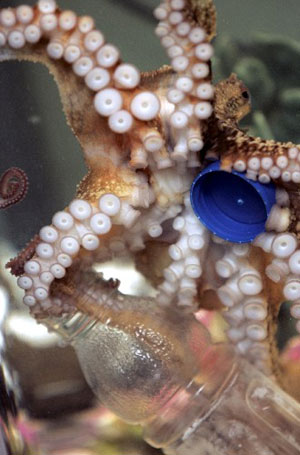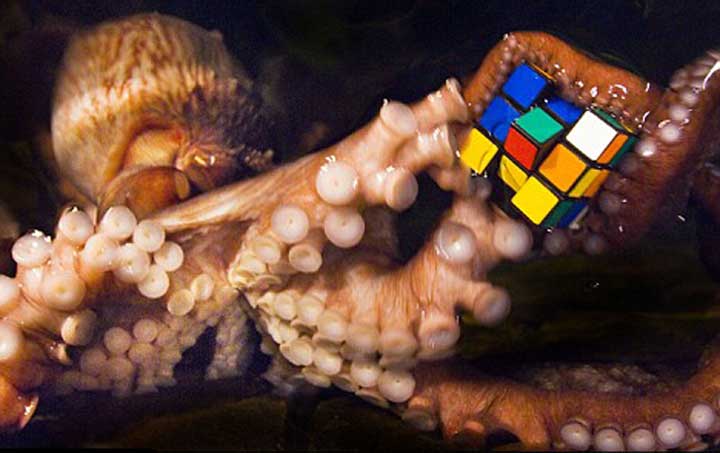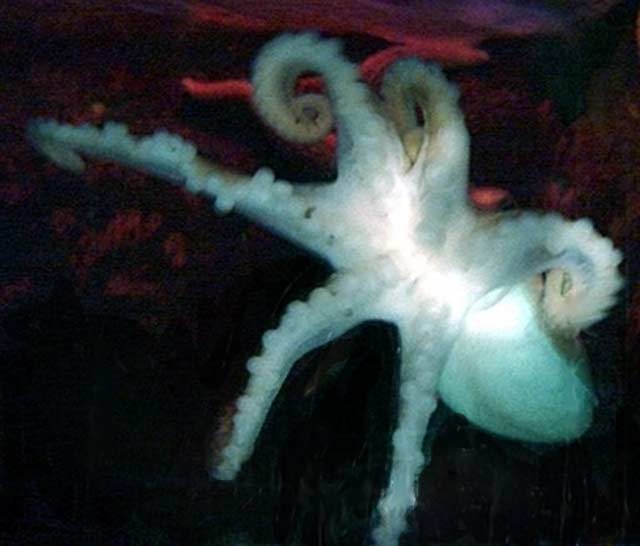Where Do You Draw that Fateful, Fatal Line?
A Toddler-Sized Undulate RayAll babies are beautiful. - Jeanne Calment
Source: mfrost.typepad.com
Her Little Brother?
Source: www.flickr.com
Mom! Mom!!
Sadly, the kids are orphans now...
Giant Lobster Spared the Pot Returns to Sea
Barney the Lobster [PA] A giant lobster spared the pot by a kind-hearted chef is being released back into the sea. The metre-long crustacean - named Barney - was caught off the South West coast and is thought to be the biggest landed in European waters. He was sold at Billingsgate market and was destined to be eaten at the Kaspia restaurant in London. But Barney was granted a reprieve by head chef William Cooper, who said he spared him because "he has been around much longer than I have." That was in August - and since then Barney has been cared for at the London Aquarium, being prepared for his return to his natural habitat. Today he is being taken out into Plymouth Sound, Devon, by a team led by his London Aquarium keeper, Jamie Oliver. He says Barney is thought to be up to 60 years old: "He is very special to have got to the sort of age he is. We have been keeping him well fed on a diet of squid, sprats and mackerel." Mr Oliver says it was "quite unusual and special" for a lobster to reach that size: "It is the first time I have ever heard of a lobster being spared so he can be returned to the sea." Barney is going to be given every chance of not ending up on a fishmonger's slab again and will be settled in on the sea bed by divers. "We are going to take him out to an area which is not regularly fished, and where there are a lot of hiding places and crevices. I am confident he will be OK, so he gets a chance to live out the rest of his life."
Rare Blue Lobster Avoids DeathA lobster caught last weekend by Steve Hatch and his uncle Robert Green was spared from death because of its rare blue colour. The 1½ pound crustacean is a natural bright blue due to a rare genetic mutation. Once they discovered it in their lobster traps at the mouth of the Thames in New London, Connecticut, Hatch put the lobster in a cooler and took it to the Mystic Aquarium and Institute for Exploration. There, it joins two other rare blue lobsters. The blue colour is a result of excessive protein production. If blue lobsters are cooked, they turn red. Source: photo credit Milton Moore, Associated Press
Octopus Learns to Open Shrimp JarsAn octopus in a German zoo has learned to open jars of shrimps by watching zoo attendants perform the act underwater. Frida, a 5-month-old female octopus, opens the jars by pressing her body on the lid and grasping the sides with the suckers on her eight tentacles. With a succession of body twists, she unscrews the lid. The head of the Hellabrunn Zoo's aquarium, Frank Mueller, said: "Depending on how tight the lid is, it takes her anything from 10 seconds to an hour to get it off." Frida opens shrimp jars before the public at feeding time twice a week. Mr Mueller says he taught Frida the trick after he remembered seeing octopi showing remarkable dexterity off the coast of Morocco, where he went diving when he was younger. Frida was imported from Morocco. "We just did it in the tank a few times and eventually she cottoned on," he said. "You won't see any other marine creatures do this. She's been at it about a month now." Source: abc.net.au Tuesday 25 February 2003 See also:
The Octopus That Can Open Drink Bottles
Octi has come a long way since being pulled out of a rockpool - she can now open bottles, using her tentacles. The National Aquarium's 8-tentacled friend uses just two of them to twist the lid off a bottle to get to her dinner. It's a trick she honed with the help of her keepers at the Napier aquarium, who noticed she was friendly and would latch on to them when they put their hands in the tank. She can now open the bottle in 2½ minutes when there's a tempting crab inside. Octi was brought to the aquarium 3 months ago by a family who found her in a Harding Road rock pool. The octopus isn't on display, but lives in a tank out the back where she spends most of her time hiding in a shell until a keeper comes to play. Opening bottles isn't the only trick. The octopus has also learned to rise to the top of the tank, eye up the keeper and squirt water in his face. The aquarium's manager, Rob Yarrall, said Octi was the friendliest octopus he had come across. "She seems to know when she's playing and when she's not," Mr Yarrall said. "A lot of people don't realise octopuses are very intelligent. They are observant and extremely interactive." Source: nzherald.co.nz Hawke's Bay Today 10 April 2007 reprinted in the 15 April 2007 edition of the NZ HErald; photo credit Hawke's Bay Today
Octopuses Given Rubik's Cubes to Find out if They Have a Favourite Tentacle
Experts have launched a study at sea life centres across Europe to find out if octopuses have a favourite tentacle Marine experts have given 25 octopuses a Rubik's Cube each in a study aimed at easing their stress levels in captivity. Scientists believe the intelligent sea creatures have a preferred arm out of 8 that they use to feed and investigate with. They are now testing this theory with a month-long observation project in which the octopuses will be given food and toys to play with. They will then record whether the creatures use a specific limb to pick up the object or if they are octidextrous. It is hoped the results of the Sea Life Centre study will shed light on "handiness" in the animal kingdom. Claire Little, marine expert at the Sea Life Centre in Weymouth, Dorset, said the study could eventually help to reduce stress among octopuses. She said: "It will be very interesting to see the results. Uniquely, octopuses have more than half their nerves in their arms and have even been shown to partially think with their arms. We hope the study will help the overall well-being of octopuses. They are very susceptible to stress so if they do have a favourite side to be fed on, it could reduce risk to them." The octopus research will take place in the 23 branches of the Sea Life Centre attractions Britain and Europe. A diagram of an octopus will sit alongside the tanks with the arms on the right labelled R1, R2, R3 and R4 from front to back. The left arms will be numbered in the same way but with an L instead of an R. Items such as a ball, a jam jar and Lego bricks will be dropped into the water for the octopuses to play with. Visitors will then be asked to note down which arm was closest to the object and which arm picked it up. If the octopus uses several arms, they must write them all down but in the order they touched it. Staff at the centre will also do the same during feeding time. Miss Little said: "Visitors will be handed a form asking them to participate in our study. We will add the results to all of the data that has already been collected about octopuses. It will also help towards solving the mystery of handiness in the animal kingdom." The results will be analysed by Sea Life Centre biologists and the results will be announced in the autumn. Source: dailymail.co.uk 7 July 2008
Click Each to Play How far down does intelligence extend? Only recently, two species of octopi were found to have learned to walk on two alternating arms using a rolling gait. They appear to use their remaining 6 arms for camouflage. Octopus marginatus holds its arms coiled in closely so that it resembles a rolling coconut while Octopus (Abdopus) aculeatus tries (quite successfully) to look like a clump of floating algae. Thus, the octopi are able to quietly and safely tiptoe away from their enemies unseen (Huffard). An octopus in a German zoo taught herself to unscrew the lids on jars of food by watching zoo attendants do it... Source: Huffard, Christine L., Farnis Boneka and Robert J. Full. "Underwater Bipedal Locomotion by Octopuses in Disguise." Science Volume 307 Issue 5717 page 1927, 25 March 2005.
Hexapus?
A handout image from Blackpool Sealife Centre shows an octopus with 6 legs, or hexapus, which British marine experts claim Six-Legged "Hexapus" Claimed as World First in BritainLondon (AFP) - British marine experts have found what they claim is a world first - a 6-legged octopus, or "hexapus," whom they have christened Henry. The unique sea creature, which has 2 limbs fewer than a normal octopus, is believed to be the result of a birth defect rather than an accident, say his keepers at the Blackpool Sea Life Centre in northwest England. "We've scoured the Internet and talked to lots of other aquariums and no-one has ever heard of another case of a 6-legged octopus," said supervisor Carey Duckhouse. Henry was discovered in a lobster pot off the north Wales coast 2 weeks ago, and was one of 8 creatures that Sea Life staff picked up from a local marine zoo there - where staff hadn't noticed his missing legs. It was only when he attached himself to the inside of a glass tank that Sea Life staff noticed he was 2 limbs short of a full set. Octopuses are renowned for having 3 hearts and blue blood, but not usually 6 legs. "He's a lovely little thing," said a spokeswoman, adding that he will go on display to the public later this month. Source: news.yahoo.com 3 March 2008
Angler Shares Bathtub with Giant Eel for 33 YearsA German angler has shared his bathtub with a giant eel for 33 years after his children refused to let him cook it. Paul Richter's children have long since left home but he and wife Hannelore are so attached to "Eelfie" that he's now like one of the family. Mr Richter said: "I caught him in 1969 in the Rhine-Herne Canal near Bochum, in North Rhine-Westphalia. I wanted to cook him, and took him home in a bucket while he was still alive to keep him fresh. But the children protested so much when they saw him in the bucket that we put him in the bath for them to play with." He added: "We only have one bathtub, so on bath nights Eelfie has to go in the bucket. Nowadays we put the bucket in the water and he swims straight in and waits until we have finished our baths." Marine-life expert Dr Wolfgang Gettmann says eels are normally not suited to life in a confined space but added the Mr Richter's pet eel seems healthy and well fed on a diet of red gnat larvae. Paul's wife Hannelore says they are not sure whether Eelfie is male or female, but added: "We think of him as a he. He knows the procedure when one of us wants to take a bath. I hold a large bucket under the bath water and he swims into it." Eelfie still has a way to go before he reaches old age. The oldest eel on record lived to be 88. Source: ananova.com Monday 6 January 2003
Eel Wins Advertising ContractA German eel that has lived in a family's bath for 34 years has won an advertising contract. In exchange for appearing in the ads for a German pet food store, "Eelfie" the eel will get a life-long supply of mosquito larvae. The eel shot to fame in Germany last year when he appeared on a German TV chat show with his adopted family, the Richters. Eelfie has lived in the Richter's bath in Bochum ever since he was caught by Paul Richter 33 years ago, and the kids refused to let him cook it. Source: ananova.com © 2004 Ananova Ltd
For more on animals, including reptiles, crustaceans, arachnids, insects, fish, birds, pets, livestock, rodents, bears, primates, whales and Wellington's waterfront, click "Up"
below to take you to the Table of Contents for this Animals section. |
 Animals
Animals Animation
Animation Art of Playing Cards
Art of Playing Cards Drugs
Drugs Education
Education Environment
Environment Flying
Flying History
History Humour
Humour Immigration
Immigration Info/Tech
Info/Tech Intellectual/Entertaining
Intellectual/Entertaining Lifestyles
Lifestyles Men
Men Money/Politics/Law
Money/Politics/Law New Jersey
New Jersey Odds and Oddities
Odds and Oddities Older & Under
Older & Under Photography
Photography Prisons
Prisons Relationships
Relationships Science
Science Social/Cultural
Social/Cultural Terrorism
Terrorism Wellington
Wellington Working
Working Zero Return Investment
Zero Return Investment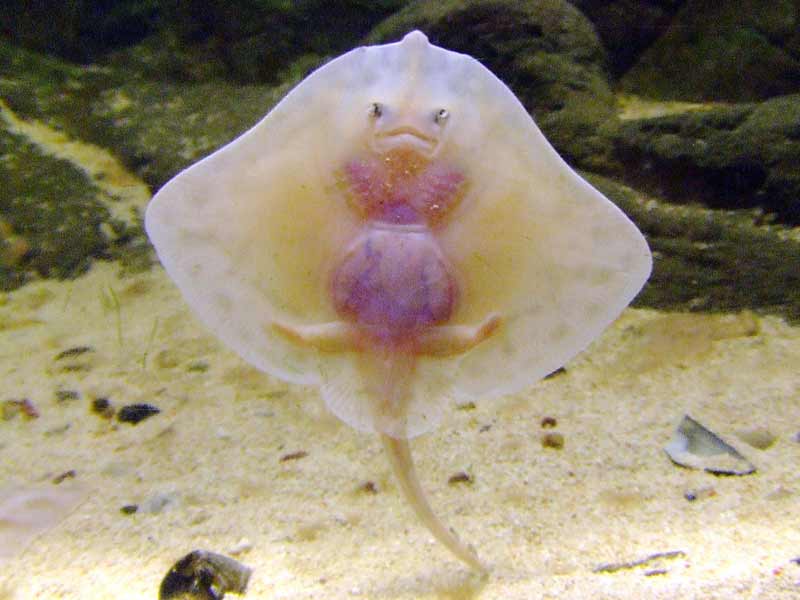
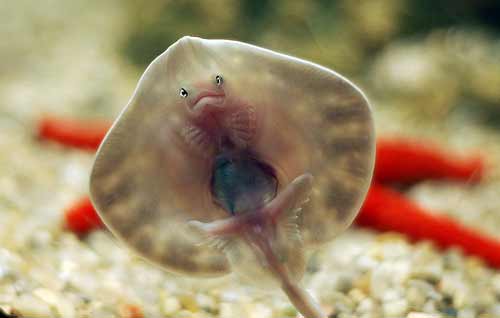
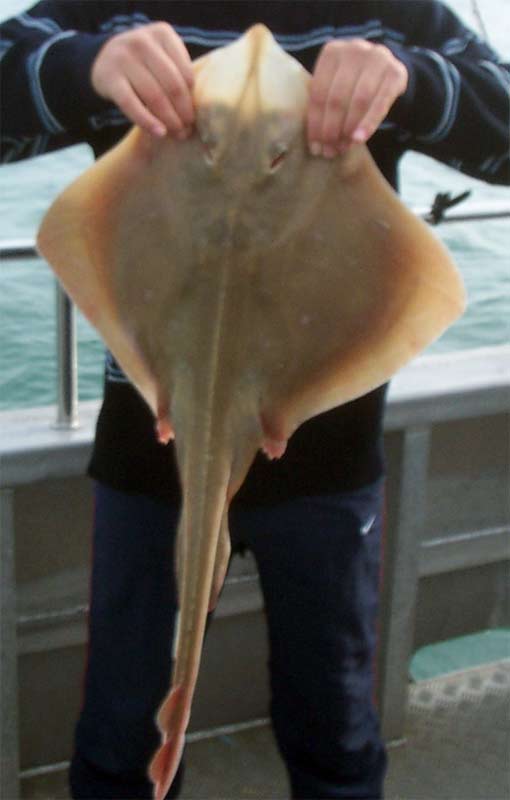
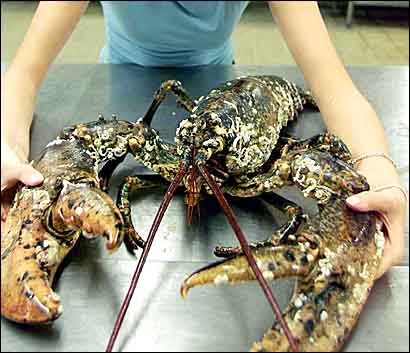
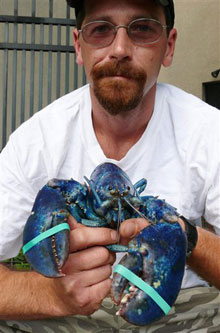 Source: Ananova Wednesday 17 October 2001
Source: Ananova Wednesday 17 October 2001